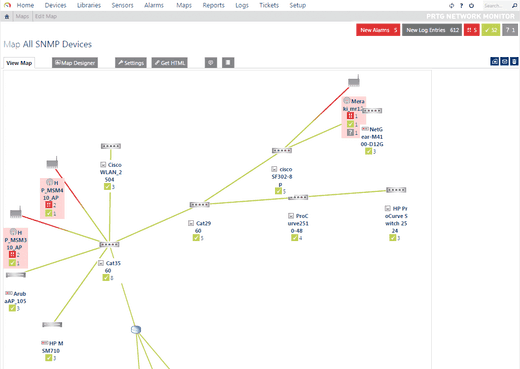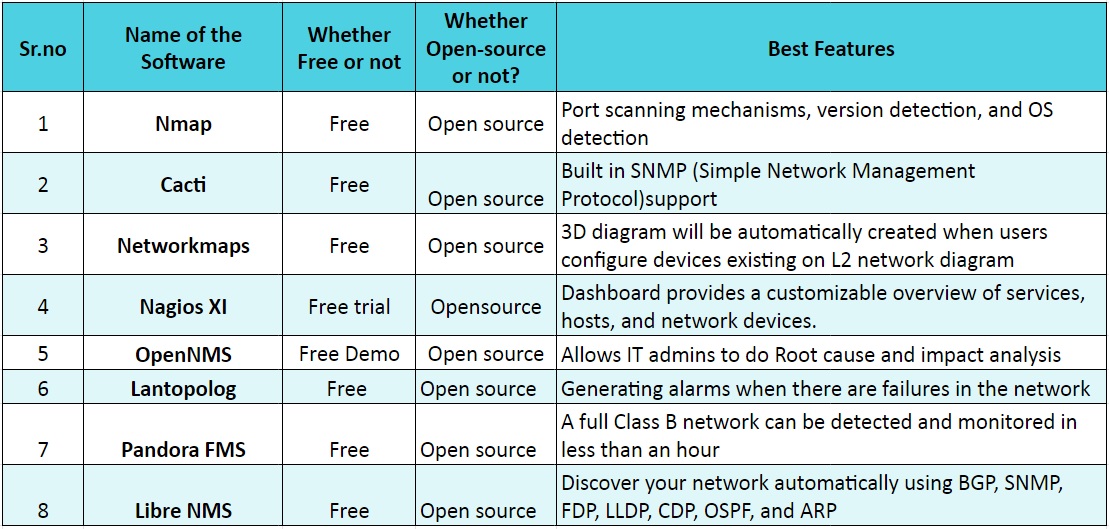



It's named Yggdrasil after the world tree from Norse mythology, because that seemed like the obvious name given how it works. It's notably not a shortest path routing scheme, with the goal of scalable name-independent routing on dynamic networks with an internet-like topology. This is a toy implementation of an encrypted IPv6 network, with many good ideas stolen from cjdns, which was written to test a particular routing scheme that was cobbled together one random afternoon. Yggdrasil-go - An experiment in scalable routing as an encrypted IPv6 overlay network Look for zeb, the web-app frontend to zarp, sometime in the future. zarp aims to be your window into the potential exploitability of a network and its hosts, not an exploitation platform itself it is the manipulation of relationships and trust felt within local intranets. This will provide network topology reports, host relationships, and more. This will come to light with the future inclusion of a web application front-end, which acts as the television screen, whereas the CLI interface will be the remote. The long-term goal of zarp is to become the master command center of a network to provide a modular, well-defined framework that provides a powerful overview and in-depth analysis of an entire network. These tools open up the possibility for very complex attack scenarios on live networks quickly, cleanly, and quietly. DoS attacks are included to knock out various systems and applications. Various sniffers are included to automatically parse usernames and passwords from various protocols, as well as view HTTP traffic and more. Sessions can be managed to quickly poison and sniff multiple systems at once, dumping sensitive information automatically or to the attacker directly. This does not include system exploitation, but rather abusing networking protocols and stacks to take over, infiltrate, and knock out. Zarp is a network attack tool centered around the exploitation of local networks.


 0 kommentar(er)
0 kommentar(er)
